Batch brew vs pour over in coffee shops: How long should you wait for filter coffee?
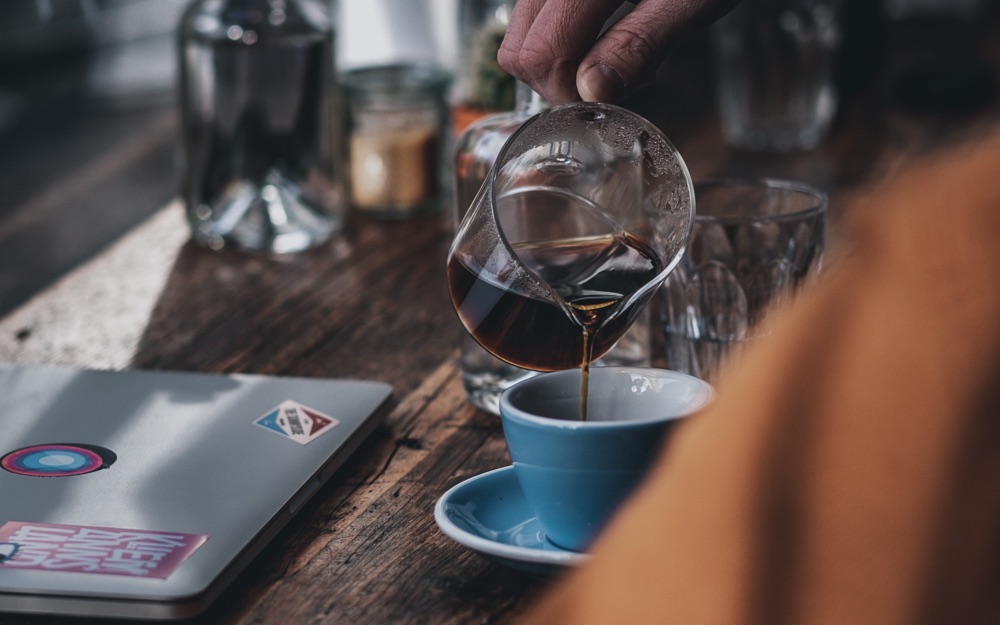
Pour overs are one of the most popular brewing methods in many coffee shops around the world. Beloved by both specialty coffee professionals and consumers, when prepared correctly, pour overs often allow a coffee’s best qualities to shine through.
In fact, this opinion is now so widely held that some specialty coffee shops have stopped serving batch brew (or drip coffee) altogether.
Although this brewing method can highlight coffee flavour and aroma more effectively, there are some downsides to exclusively offering pour overs – especially if coffee shops don’t have high-quality automated equipment. Given that it can often take more than five minutes to prepare just one pour over, the most obvious disadvantage is that customers can end up waiting much longer for their drinks.
So, we have to ask: how long should you wait for filter coffee? And in line with the answer, is it better for coffee shops to serve batch brew or pour overs – or even both?
To find out, I spoke to Sophie Turner, a barista at Rosslyn Coffee in London, and Pedro Miguel Echavarría, general manager at Pergamino Coffee in Colombia.
You may also like our article on how agitation affects filter coffee brewing.
Why is waiting time so important to customers?
Convenience has been an important purchasing factor for coffee drinkers for many years now – and it’s arguably never been more so. According to a recent study by Deloitte, in the months following the pandemic, 80% of surveyed consumers reported they value convenience more than ever.
We often associate convenience in the coffee industry with ready-to-drink products and capsules, however, it also plays a huge role in coffee shops.
When visiting a specialty coffee shop, the majority of customers expect streamlined and smooth service, and to receive their order in a timely manner. Research conducted by University College London found that the average customer is prepared to wait in line for 5 minutes 54 seconds before they think about leaving. The study also found that after waiting for five minutes, customer satisfaction can fall from 95% to 85%.
In line with this, baristas need to strike a balance between beverage quality and service time. If not, they risk serving lower-quality drinks more quickly or taking too long to prepare higher-quality beverages – both of which have a huge impact on the customer experience.
Any highly-skilled barista should know how to execute an effective workflow, however, there is a limit to how many beverages they can prepare and serve at one time – especially manual pour overs. To make sure customers receive consistently high-quality filter coffee, some specialty coffee shops offer batch brew, too.
Batch brew (also known as drip coffee in North America) is prepared using automatic commercial machines. These systems work similarly to automated home brewers – the barista adds a paper filter and ground coffee to the basket before pushing a button to initiate extraction.
Most batch brewers are designed to prepare several litres of coffee at a time, which means baristas can serve filter coffee more quickly.
Is batch brew more efficient than pour over?
Although pour overs are certainly popular, batch brew has been a staple of many specialty coffee shops for years. There are a number of reasons for this, but mainly because they can help speed up service times.
“Coffee shops should definitely serve batch brew,” Sophie says. “It’s one of the most efficient and easiest drinks to make.
“Having exciting pour overs is a great option and is also super important, but it doesn’t reduce the value of batch brew,” she adds. “Being able to serve high-quality filter coffee quickly and immediately can make specialty coffee shops even better.”
This is especially important during busy rushes when baristas may not have the capacity to prepare pour overs to a high standard. In fact, a small number of specialty coffee shops may not even offer pour overs during these periods so they can continuously serve high-quality beverages as quickly as possible – making batch brew an essential menu item.
“When it’s busy, batch brew is one of the most popular drinks at Rosslyn,” Sophie tells me. “We use a Bunn machine, which we believe is one of the best solutions for high-volume coffee shops.”
At the same time, however, the recent huge uptick in automated pour over solutions has made it easier than ever for baristas to prepare consistently high-quality filter coffee. But although these machines allow baristas to focus on other tasks, there is a limit to the capacity of automated pour over brewers – with many only capable of preparing up to 600ml of filter coffee at a time.
Batch brew vs pour over: What about flavour and quality?
Compared to other filter brewing methods, pour overs are often favoured by specialty coffee professionals and consumers alike for their ability to improve flavour clarity. However, that’s not to say that batch brew doesn’t serve an important purpose in coffee shops.
“Next to a pour over, batch brew may seem less interesting, but it’s a classic option for many coffee drinkers,” Sophie says. “What’s more, having different options for preparing filter coffee is what makes specialty coffee shops stand out.”
It’s often more challenging to brew larger volumes of coffee, including batch brew. As brew weight (or yield) increases, baristas need to correspondingly tweak different variables, such as:
Dose and brew ratio
Grind size
Total extraction time
Water temperature
In line with this, when customers order a quick batch brew rather than a pour over, they may not necessarily expect to receive a high-quality beverage. Pedro, however, explains that this gives specialty coffee shops the opportunity to serve excellent batch brew.
“Specialty coffee shops should serve batch brew,” he says. “It’s possible to make batch brew to a really high standard, so there’s no limitation in terms of quality and sensory profile.
“However, you have to do it right and you have to spend time developing and honing your recipes,” he adds.
Sophie agrees, saying: “Batch brew is just as important as other filter brewing methods. You have to put in the time and effort to make it taste as good as possible.
“As a result, I’ve seen how amazing batch brew is and can be,” she adds. “Whenever I go to a coffee shop, I always order their batch brew.”
How can baristas better communicate waiting times to customers?
Both Sophie and Pedro agree that batch brew should be a staple of most coffee shops’ menus – not only for speed of service, but also because of the potential to serve high-quality coffee.
However, if a customer orders a pour over instead, how can baristas effectively communicate longer waiting times?
First and foremost, it’s safe to assume customers who order pour overs will already know these drinks will take more time to prepare – and are therefore willing to wait longer.
In any case, baristas should let customers know it will take around five minutes (or sometimes even longer) to prepare a pour over, and explain the reasons why to avoid any confusion or dissatisfaction. For example, the barista can inform the customer that their coffee needs to be ground to order, which means purging the grinder beforehand to reduce the chance of flavour contamination from other coffees.
It’s inevitable that after receiving this information, some customers may prefer to opt for a batch brew instead. In these instances, baristas need to make sure they are always serving high-quality filter coffee.
“The key is to put the same level of effort and care into your batch brew as every other brewing method,” Sophie says. “The first task we do every morning is to dial in and prepare the batch brew to make sure it tastes great.
“Just like any other brewing method, it’s likely that you will need to make some changes to your batch brew recipe,” she adds.
Without investing in high-quality batch brew equipment, coffee shops won’t be able to serve consistently excellent filter coffee. Now more than ever, there is a wide range of machines available that can prepare different volumes of coffee, and that also offer baristas more control over extraction variables.
Tips & advice to improve batch brew
“It takes a lot of trial and error because you’re brewing a large volume of coffee at one time, so it can be hard to make the right changes,” Sophie explains. “Sometimes making the smallest adjustments will completely change how the coffee tastes.
“When I first received training, I was taught to change one variable at a time,” she adds. “So, for example, when I taste coffee, I ask myself if the texture is too watery or if it should be more juicy, so I adjust the dose or yield accordingly.
“I then move on to intensity – is the flavour too overpowering or not prevalent enough?” Sophie continues. “I adjust the grind size accordingly, and then focus on balancing bitterness and sweetness. Every coffee is different, but that’s my go-to process when dialling in filter coffee.”
Pedro agrees, telling me: “Every barista has to play around and experiment with different coffees to make sure their batch brew recipes result in great tasting filter coffee.”
In recent years, the popularity of pour overs has been hard to ignore – especially because these brewing methods serve such an important purpose in specialty coffee.
However, considering that both waiting time and quality are essential to the customer experience, batch brew still very much has its place in specialty coffee shops – and continues to deserve plenty of care and attention from baristas.
Enjoyed this? Then read our article on achieving even extraction with filter coffee drippers.
Perfect Daily Grind
Want to read more articles like this? Sign up for our newsletter!
The post Batch brew vs pour over in coffee shops: How long should you wait for filter coffee? appeared first on Perfect Daily Grind.
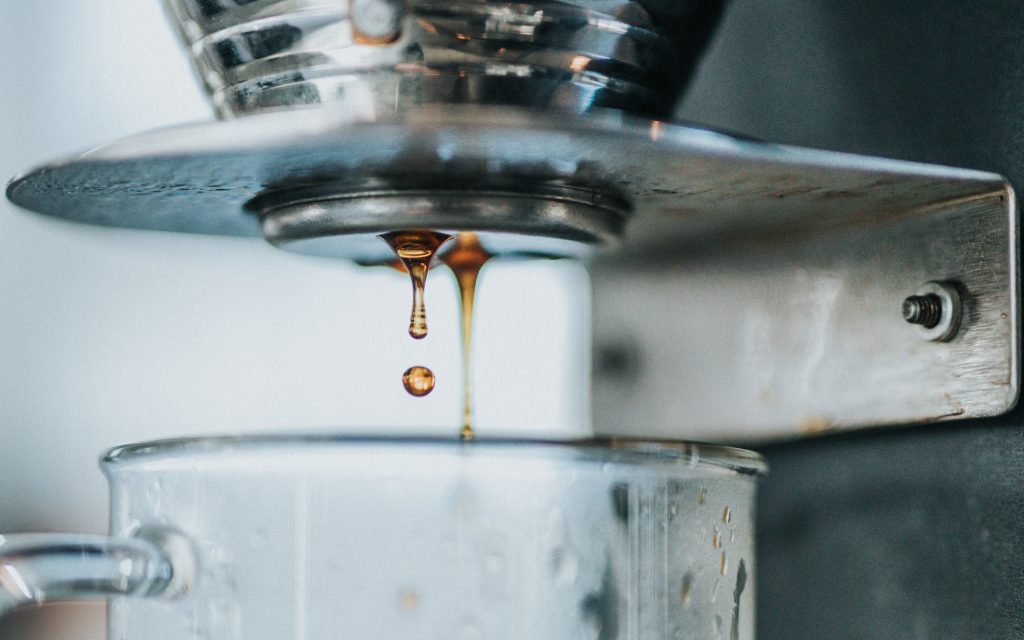
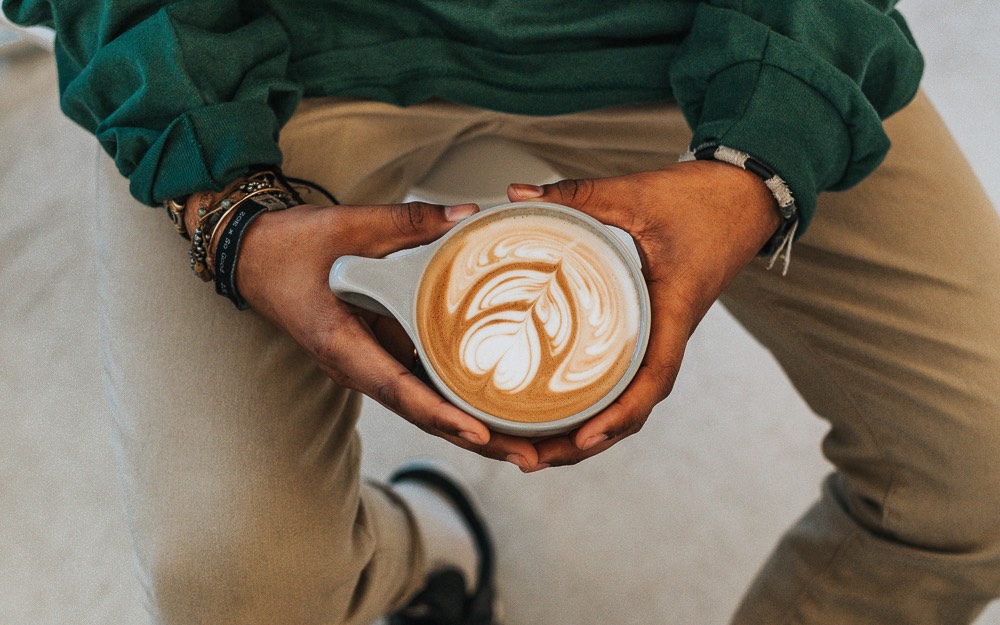
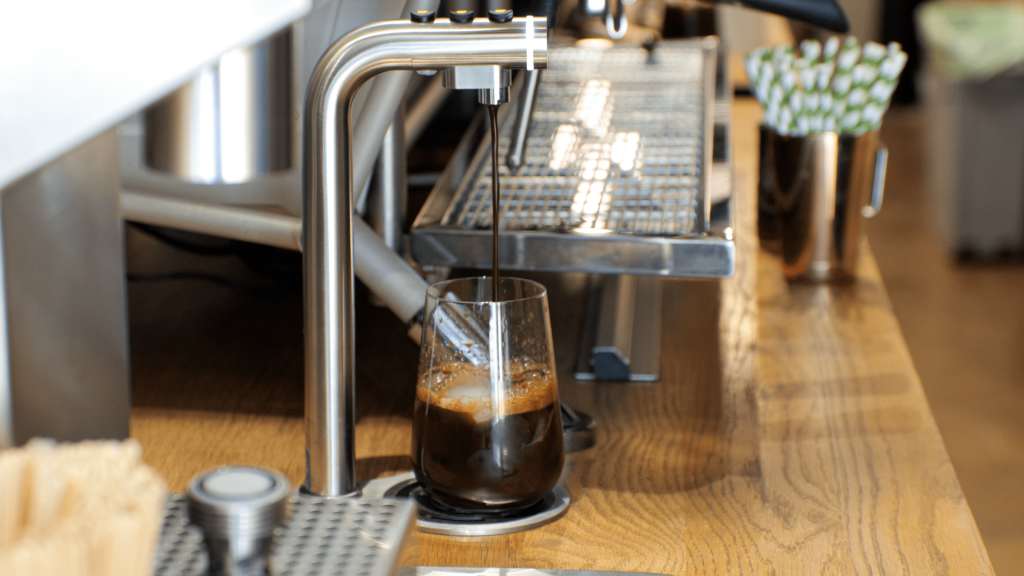
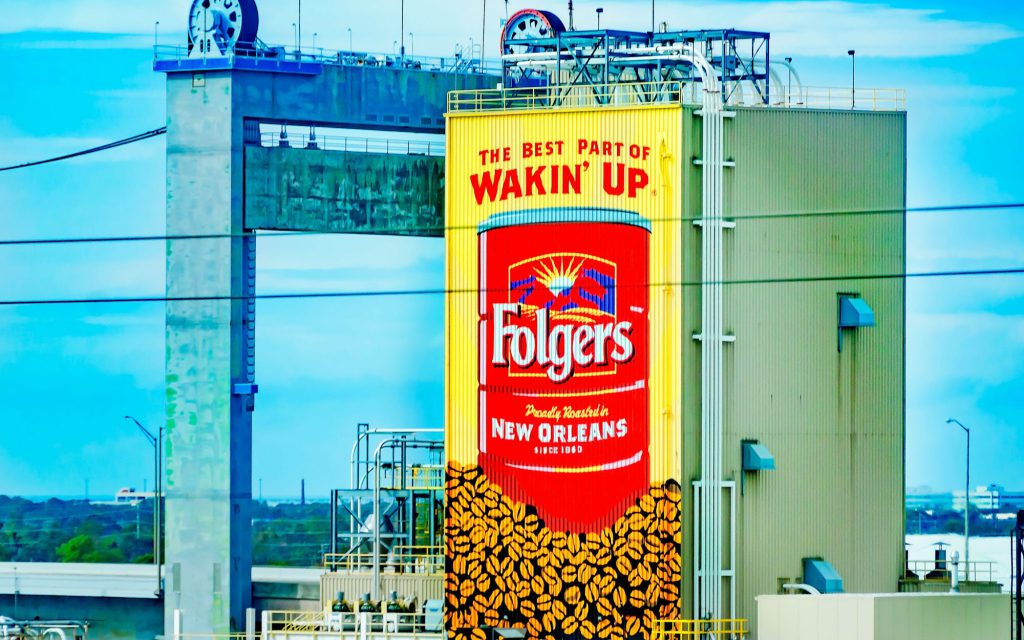
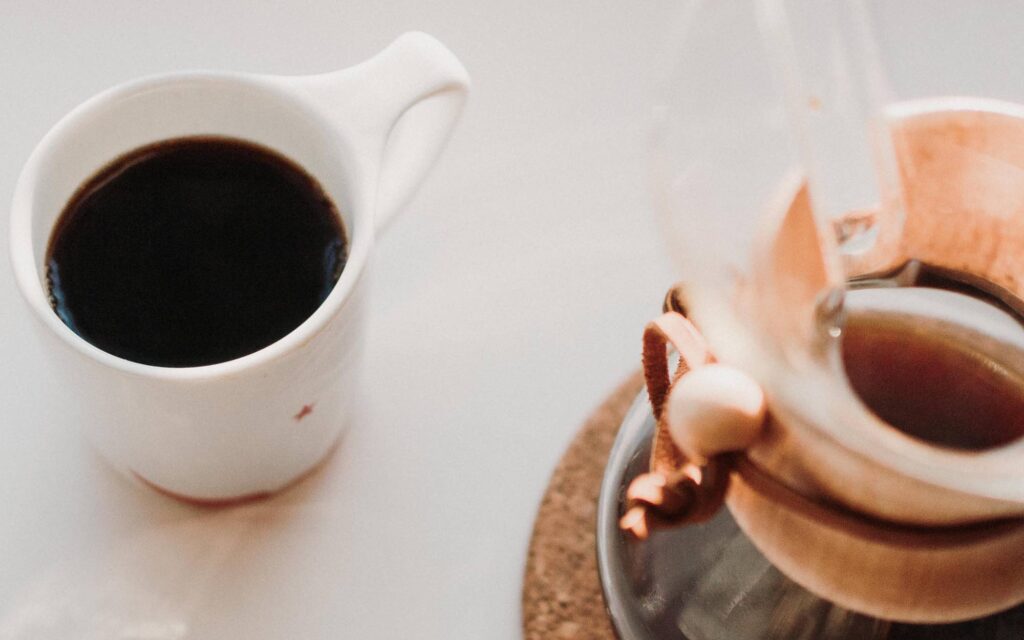
Responses